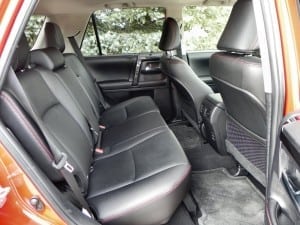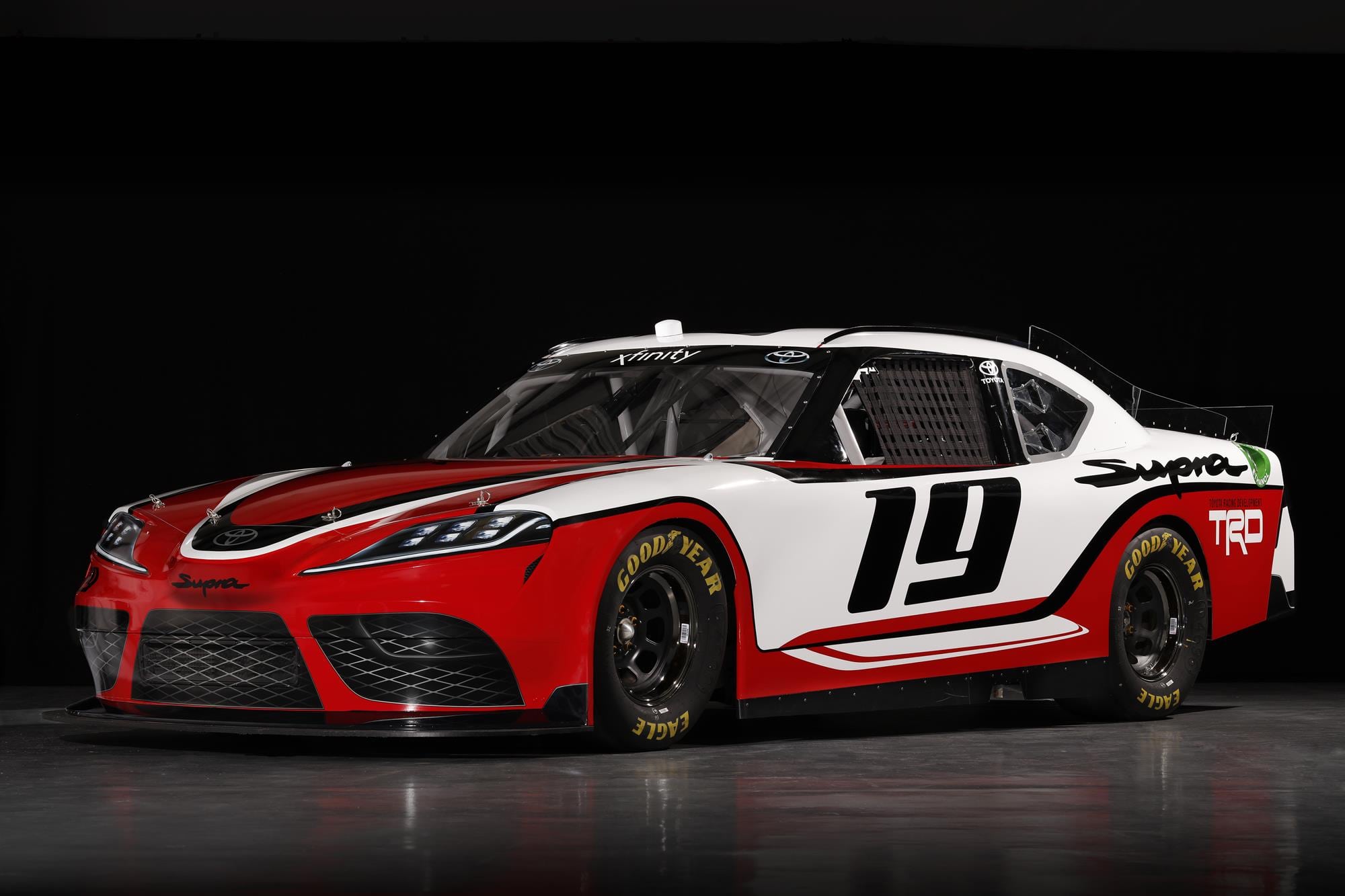Today for our Saturday Showdown, we’re looking at two extremely offroad-capable sport utility vehicles in a face off that emphasizes capability out in the wild. Our contenders are the versatile 2015 Toyota 4Runner Trail and the storied 2015 Jeep Wrangler in its Rubicon offroad package.
Fast VS Facts
| Contenders: | 2015 4Runner Trail | 2015 Wrangler Rubicon |
| City/Hwy MPG: | 17/22 | 17/21 |
| Base Price: | $36,115 | $22,795 |
| Strong Point: | Big, roomy, versatile | Legendary capability |
| Weakness: | Longer wheelbase | Small, cramped |
| Showdown Score: | 17 | 15 |
The chief differences between these two SUVs are illustrated above, with the 4Runner having a larger size and more accommodation for passengers and cargo. The Wrangler, however, is a solid performer offroad and has a long history of get-there capability.
Daily Use Ergonomics
4Runner: 4 | Wrangler: 1
 The differences, pointed to above, are most apparent in this category. As an everyday vehicle, the 4Runner features family-ready spaciousness, a relatively comfortable highway drive, and good ergonomics for getting around on pavement. The Wrangler, by contrast, is comfortable only for short distances, difficult to drive on the highway for long distances, and seats five only in a pinch. This is the category where the two will diverge the most.
The differences, pointed to above, are most apparent in this category. As an everyday vehicle, the 4Runner features family-ready spaciousness, a relatively comfortable highway drive, and good ergonomics for getting around on pavement. The Wrangler, by contrast, is comfortable only for short distances, difficult to drive on the highway for long distances, and seats five only in a pinch. This is the category where the two will diverge the most.
Light Offroad Dynamics
4Runner: 5 | Wrangler: 5
In this category, both are equals. The 4Runner and Wrangler are both champions of light offroad and in most cases will not require four-wheel drive to conquer the easy trail or dirt road. Even in inclement weather. Both are sure-footed on sand, gravel, or hard packed dirt.
Serious Offroad Use
4Runner: 3 | Wrangler: 5
![]() With more serious offroading, which includes stream fording, mud slogging, and hill climbing, the two are still both very capable. The 2015 4Runner Trail has the KDSS option for separating the sway bar for more wheel reach in tough situations. The 2015 Wrangler Rubicon in its Hard Rock package can do the same. Where the two really separate, however, is in hard climbing in varied conditions where things can get tight and tough quickly. The smaller, more nimble Jeep has the advantage while its solid axles give it a more sure-footed ability when the horizon isn’t always level.A smaller size also means less weight for the V6 to propel through heavy slough and over drifts, also giving the Wrangler an advantage over the 4Runner whose capable six-cylinder powerhouse is hampered by the vehicle’s larger bulk.
With more serious offroading, which includes stream fording, mud slogging, and hill climbing, the two are still both very capable. The 2015 4Runner Trail has the KDSS option for separating the sway bar for more wheel reach in tough situations. The 2015 Wrangler Rubicon in its Hard Rock package can do the same. Where the two really separate, however, is in hard climbing in varied conditions where things can get tight and tough quickly. The smaller, more nimble Jeep has the advantage while its solid axles give it a more sure-footed ability when the horizon isn’t always level.A smaller size also means less weight for the V6 to propel through heavy slough and over drifts, also giving the Wrangler an advantage over the 4Runner whose capable six-cylinder powerhouse is hampered by the vehicle’s larger bulk.
Outdoor Recreation Accommodation
4Runner: 5 | Wrangler: 4
When it comes to getting there so you can do that, both the 4Runner and the Wrangler are great go-getters. The 4Runner is a bit more versatile in terms of cargo capacity and towing, however, giving it the edge. The Wrangler, however, is one of the most accessorized vehicles on the planet and it’s likely that whatever it is you want to do when you get to wherever “there” might be, there’s a bolt-on attachment for the Jeep that will help you do it.
Final Assessments
Although we gave the win to the 4Runner Trail, the race was close. The choice between the two will largely come down to what you’d want the vehicle to do. Either is a great option for serious offroad and getting out in the wild. For many, nothing tops a Jeep Wrangler and for a dedicated outdoor tromper, the Jeep can’t be beat. If dual-use as an occasional daily driver or family hauler is required, however, the 4Runner is far more practical.






